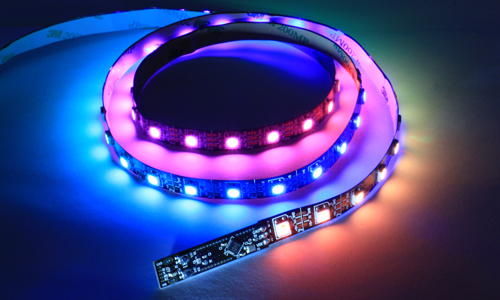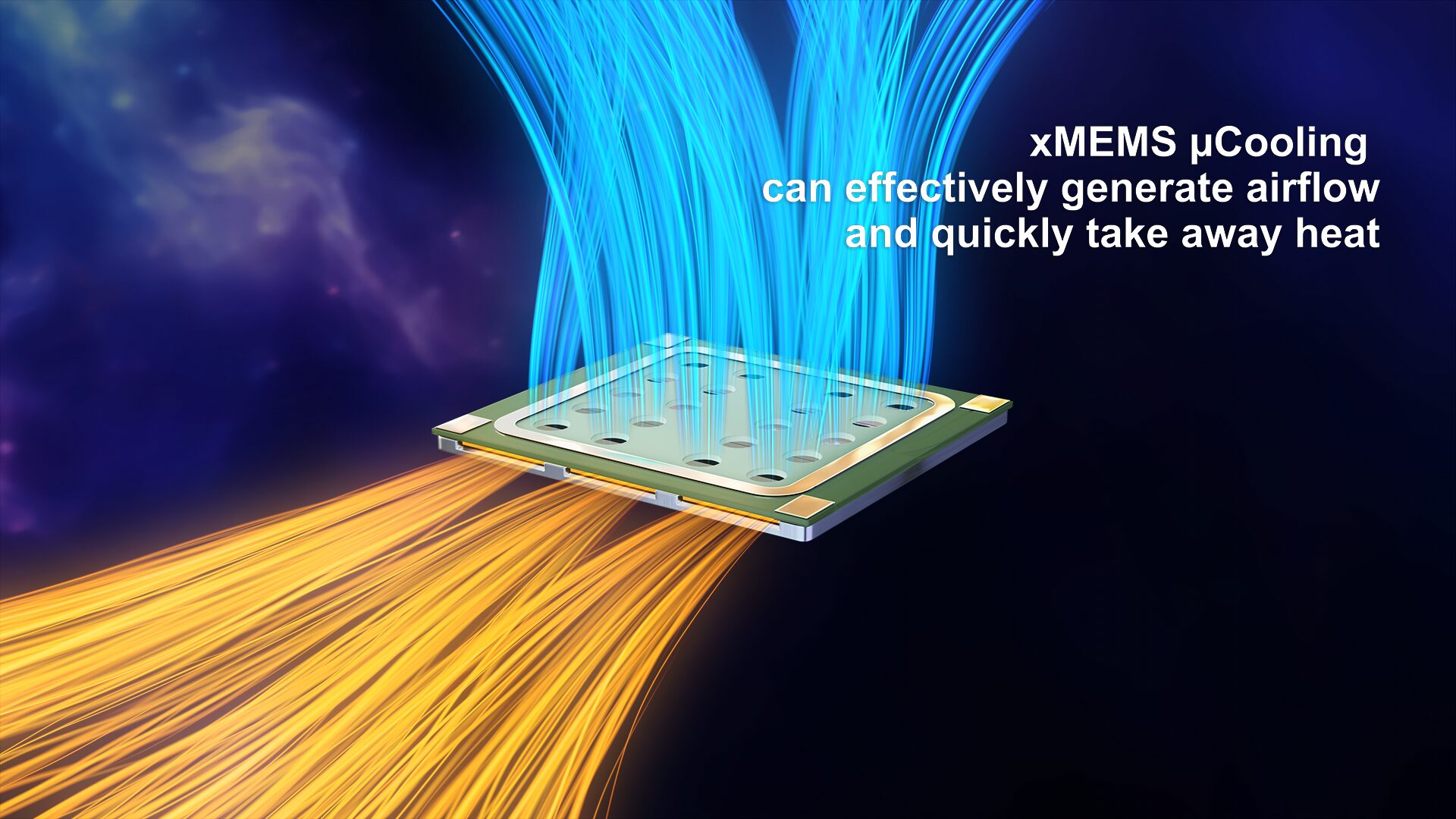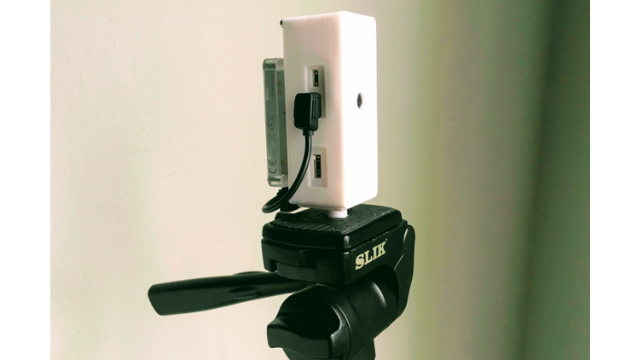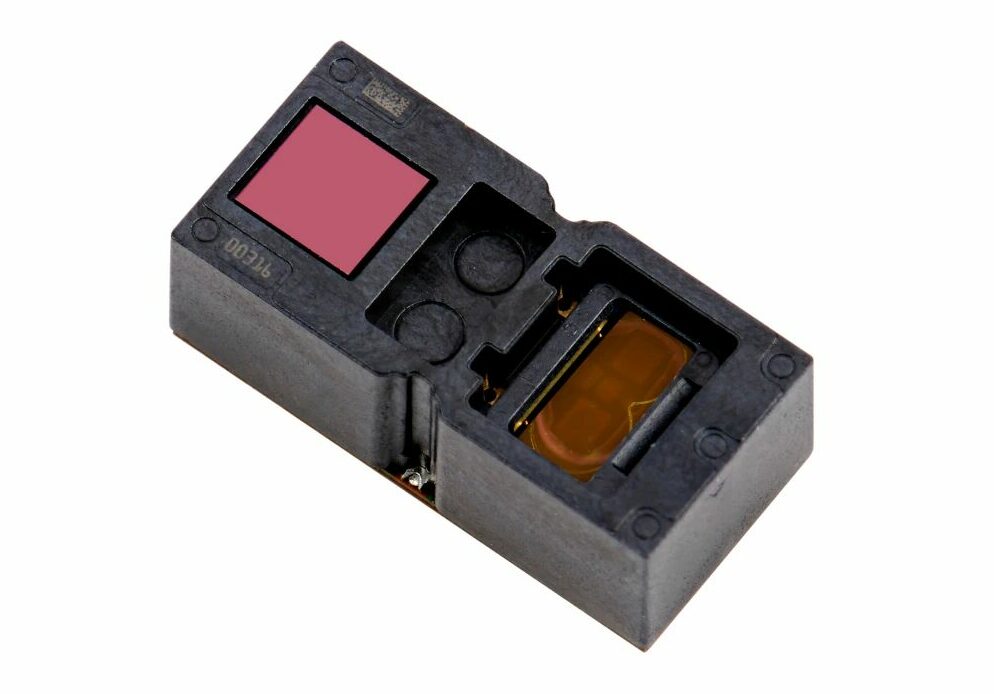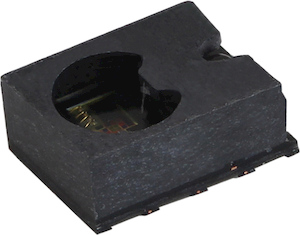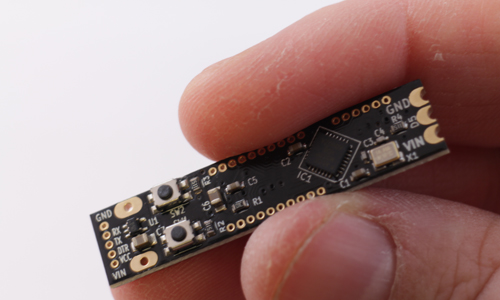
LED strips provide users with multi-color and flexible illumination which can be fit into tight spacing. Also, they are customizable, durable, and easy to install which is why LED strips have gained popularity in design and personal projects. However, installing them can result in a lot of wire, power transistors (to control the LEDs), a microcontroller, a voltage regulator, and a lot of soldering. When danjhamer, a user from Hackaday, faced this problem while doing a small project with his daughter he came up with ChromaTab.
ChromaTab is a small control board for WS2812B RGB LED strips that can be soldered directly into the end of the strip. The device has 14 digital pins, 6 analog pins, and Arduino compatibility which allows the users to update and upload new sketches using the Arduino IDE. The sketches are to be uploaded though a USB to serial converter and as the firmware is based on Adafruit Neopixel library, effects and animations can be easily created.
It has an input voltage of 5-7 v, a current of 90 mA, clock speed of 16 MHz, SRAM of 2 KB and flash memory of 32 KB. It’s based-on Arduino Pro mini and Atmega 328P microcontroller. It is 43 mm wide, 10 mm High and 4 mm deep this size makes it easy to fit in small places. The only soldering needed is the 3 castellated pads to solder directly into the LED strip making your project more simple, organized, and easier to program. The complete specifications can be found on its official Hackaday website.
The ChromaTab could be perfect for kids learning about electronics or designers who want to use LED strips but don´t know much about electronics. Its already on sale in this website for € 18,00. Soon there will be add-on boards on sale to provide extra functions such as USB to serial converter. The device is cheap and offers to facilitate an otherwise boring task, but some improvements could be made such as making it water resistant (for Waterproof LED strips) or making it adaptable to other LED strip references. ChromaTab opens the door to a lot of projects and possibilities which is why it needs to keep improving to adapt to user’s project needs.





